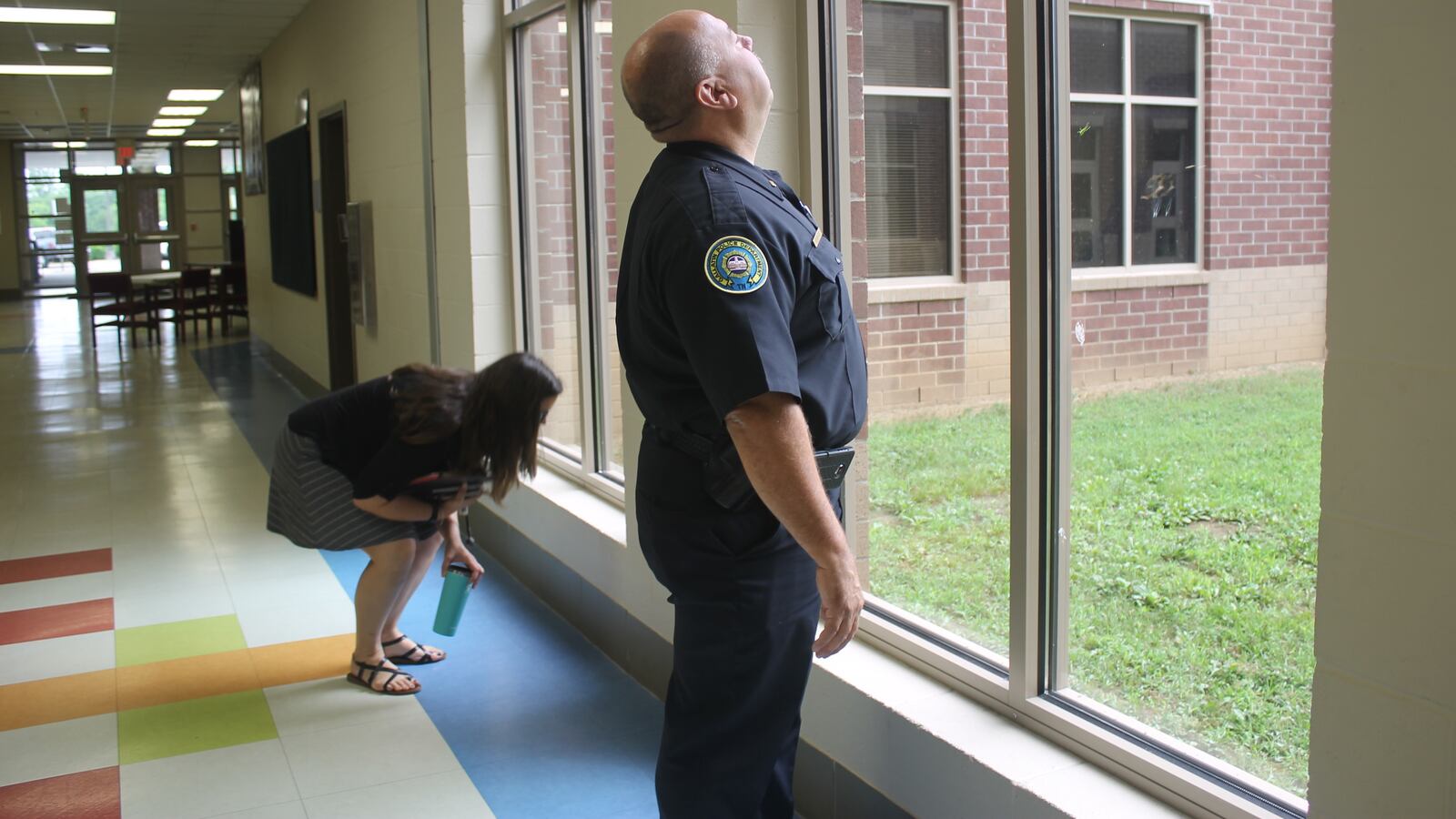Tennessee schools meet or exceed most national safety standards for buildings and operations, but there are weak spots too that must be addressed, according to the findings of the state’s first-ever comprehensive security review of all of its public campuses.
Those weak spots include surveillance and controlling building access and the flow of vehicles, says a report released on Wednesday by the state education department.
And while schools conducted an average of 15 safety drills last year for emergencies such as fires, earthquakes, or intruders, the review revealed that many are still not meeting all of the state’s drill requirements.
The report culminates seven months of scrutiny of more than 1,800 school campuses statewide to assess security risks to students and staff. Gov. Bill Haslam ordered the unprecedented assessment in March following a shooting a month earlier at a high school in Parkland, Florida, in which 17 people were killed.
In conjunction with the work, Tennessee disbursed an extra $25 million in one-time funding to help schools address vulnerabilities and risks that were expected to be uncovered, as well as $10 million in recurring grant money for ongoing safety and prevention programs. The money — which Haslam acknowledged was modest given the scope of the need — already is being used in all 147 districts to make improvements ranging from upgrading door locks and updating visitor screening procedures to hiring more school resource officers and mental health professionals.
To receive the extra resources, districts had to assess their campuses and submit each school’s review, emergency operation plan, and drill logs to the state. Those on-site reviews were handled by local two-person teams from safety and law enforcement who were trained to complete an 89-point checklist of risks and precautions based on national standards. (Here’s what the process looked like.)
Education Commissioner Candice McQueen, whose department spearheaded the review along with the state Department of Safety and Homeland Security, called the work a good start toward a more vigilant climate to safeguard school communities.
“We know that safety must be an ongoing process of continuous improvement,” she said in a statement.
Toward that end, the state is developing its own checklist of priorities to help districts and schools harden and support their campuses. It’s revising templates of drill logs and emergency operation plans to help schools better plan and document those activities. And it’s creating training and guidance options to help districts build capacity.
You can view the full report here.

